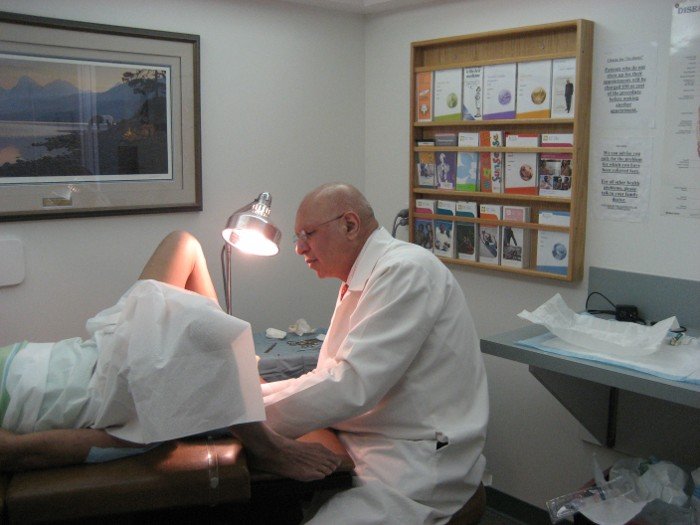A baby was born that was so advanced that he could talk. He looked around the delivery room and saw the doctor.
“Are you my doctor?” he asked.
“Yes, I am.”
The baby said, “Thank you for taking such good care of me during birth.”
He looked at his mother and asked, “Are you my mother?”
“Yes, I am,” she said.
“Thank you for taking such good care of me before I was born,” he said.
He then looked at his father and asked, “Are you my father?”
“Yes, I am,” his father answered.
The baby motioned him closer, then poked him repeatedly on the forehead with his index finger and said, “Hurts, doesn’t it?”
Ok, that is a joke from the Internet. Seriously speaking, pregnant women and their partners often wonder and ask their doctor if sex is allowed in pregnancy. They wonder if there are any adverse effects if they engage in sexual activity. Can sex be used to induce labour? When is it safe to have sex after delivery?
These are some of the questions discussed in an article published in the Canadian Medical Association Journal (CMAJ April 19, 2011).
Most couples engage in sexual activity during pregnancy with reduced frequency during later part of the pregnancy. Decreased sexual activity may be due to nausea, fear of miscarriage, fear of harming the fetus, lack of interest, discomfort and physical awkwardness, fear of membrane rupture, fear of infection or fatigue.
What are the likely complications if a couple engages in sexual activity during pregnancy?
Potential complications include preterm labour, pelvic inflammatory disease, and early pregnancy bleeding in placenta previa (an abnormal implantation of the placenta) and possible venous air embolism (gas bubbles in a vascular system) which is extremely rare. One study reported 18 deaths caused by venous air embolism out of 20 million pregnancies.
Generally speaking, low-risk pregnancies have no increase in the frequency of preterm labour in women who abstained from sex compared with those having sex. Women with low-risk pregnancies who have no symptoms or evidence of lower genital tract infection should be reassured that sex does not increase the risk of preterm delivery, says the CMAJ article.
Women who have a history of preterm labour, multiple gestation or cervical incompetence are considered to have high risk pregnancy. The article says that there is limited evidence to guide recommendations on sexual activity in this group.
Overall there is no evidence to support the theory that sex at term has any effect to induce spontaneous onset of labour, cesarean delivery rates or neonatal outcomes. The article says that sexual activity can be resumed after delivery as soon as the woman is comfortable and the perineal wound from episiotomy has healed. This may take two to four weeks.
So ladies, sex in pregnancy is normal. There may be some exceptional situations where one has to be careful. So there is no harm in discussing your situation with your doctor and follow the advice.
Start reading the preview of my book A Doctor's Journey for free on Amazon. Available on Kindle for $2.99!



